How are competitors so bad at what Apple has been so good at? The answer to this question can tell us a great deal about the upcoming Apple Vision Pro.
Last week I asked if Apple Vision Pro can reinvent the computer, again. I did it with the intent of showing how Apple has been unique in delivering waves of innovative and ground-breaking new advances in the industry of personal computing: Mac, iPod, iPhone, iPad and so on, leading up towards its upcoming release of Vision Pro.
Let's now take a look at why so many of Apple's competitors have comparably been so bad at achieving the same kind of success in the same market.
2024 won't be like 1984
At least one reader last week imagined I was stating that Vision Pro was going to be just like Apple's next 1984 Macintosh, and debated this idea in the comments with himself. However, I did not write or ever even imagine that Apple's upcoming AR headset and its "new" concept of "immersive computing" would radically change how everyone works with personal technology and effectively wipe away all use of today's conventional desktops the way that the Macintosh slowly but surely popularized the idea of the graphical computing desktop over the early 80s status quo of text-based computing.
What I described instead is that leading up to the release of the original Macintosh in 1984, Apple invested a tremendous amount of work into dreaming up a much easier way to work with computers that could appeal to a much larger audience of potential users. This new model of graphical computing would also enable the Macintosh to do things that couldn't be done on a text-based command line, including "desktop publishing," perhaps its first killer app.
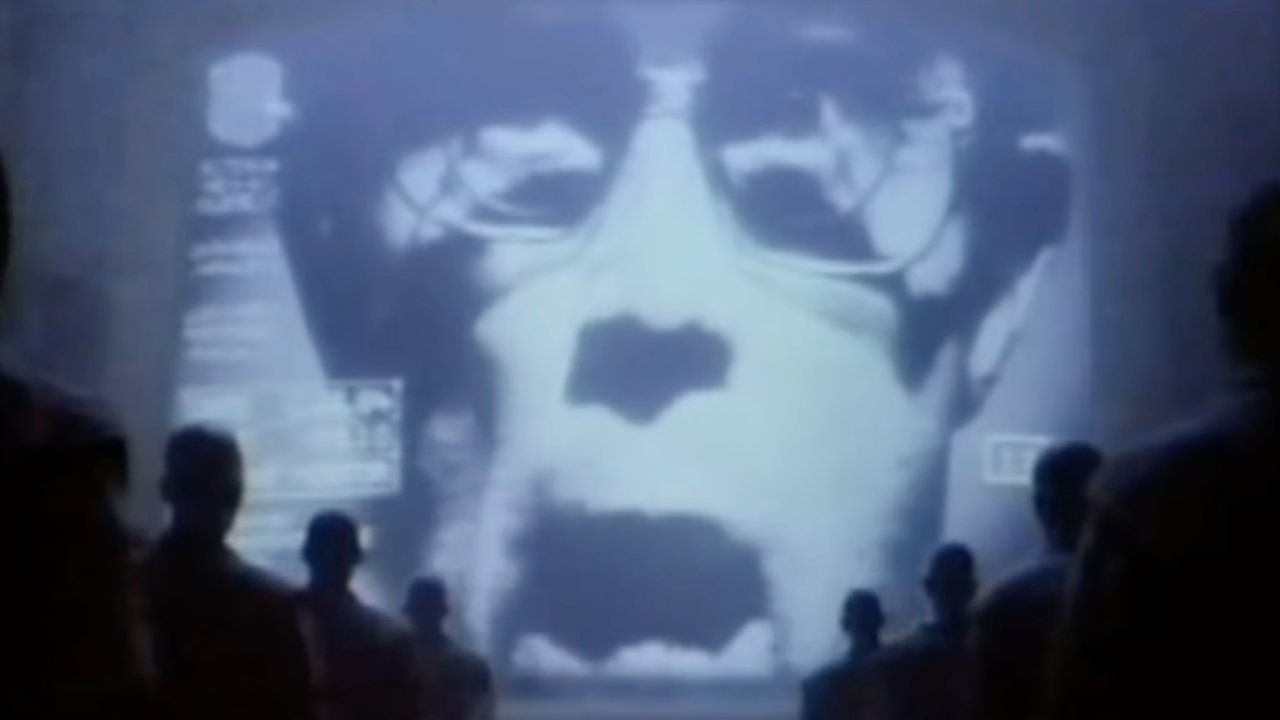 Apple has learned a lot in the four decades since 1984
Apple has learned a lot in the four decades since 1984Graphics were the skin of the core technology. The real innovation was Apple's unique Human User Interface Guidelines (HUIG) that decreed how the system's design worked, not just how it appeared on the surface.
The Mac's surface appearance onscreen and its HUIG design were often confused together because as ideas they were tightly and inherently linked together. But they were not the same thing, as many competitors found out as they implemented their own copies of Apple's "look" without also successfully copying its "feel."
Today, Apple's Vision Pro already has some existing competition in the field of headsets that deliver some sort of virtual, augmented or "mixed reality" technology. It also seems incontrovertible that there is about to be a deluge of attempts by competitors of all types to deliver some sort of face wearable glasses that range from "personal displays" to full blown platforms running a variety of conventional desktop software titles as well as introducing new functionality uniquely possible by their "immersive computing" nature.
Can the past help explain why Apple has been able to consistently redefine personal computing so fundamentally, so many times over its history, when the rest of the industry has struggled to deliver only temporary hits and momentary major successes, even when attempting to copy Apple's work? How can it be, that over the last 40 years so many better capitalized, better situated, strongly entrench competitors have crumbled into obscurity while Apple has churned out such a streak of consistent hits that revolutionized how we use technology?
It's disingenuous to suggest this is a fluke or a lucky string of successes.
Design is how it works, not how it looks
The first Atari ST and Commodore Amiga were rushed into development and arrived roughly contemporaneously with Apple's Macintosh hitting store shelves in any volume. Both platforms had a GUI vaguely inspired by Macintosh, and were originally derived from attempts to deliver an advanced video game system.
Each saw copying the Mac's sophisticated graphical appearance concept as key to breaking into the parallel market of personal computing.
Graphical computing was not a secret Apple suddenly sprang on the world. It has been described in academia in concept dating back into the late 1960s. Yet Apple's Mac was expected to deliver a relatively affordable, functional graphical computing platform that could run third party software.
Apple's competitors apparently thought that delivering the surface appearance of the graphical desktop would be good enough, and that perhaps their biggest competitive strength would be some combination of powerful core graphics technology and software expertise. In hindsight, this approach was totally wrong.
Both Atari and Commodore delivered innovations and sold hardware profitably for some years. Yet neither of them could maintain their graphical platform as effective competition.
Other than for enthusiasts, both are now distant memories in a world where the modern editions of Apple's Mac remain a leader in premium PC and laptop sales, an incredible four decades later.
At least one significant reason for their eventual failure in graphical desktop computing while Apple remained successful was that their designs did not deliver the top to bottom utility and consistency of the Macintosh. Atari, Commodore and other competitors of the day attempted to deliver a bargain basement product with alluring similarities in appearance.
Does that sound familiar? Contemplate the exact same thing that happened with the release of iPod, iPhone, iPad, Apple Watch, and which is now occurring related to the launch of Vision Pro.
I still recall my brother-in-law back in the late '80s scoffing at the price of Apple's Macintosh while pointing out that his Atari ST had a mouse, windows, and icons, too. I loved to come visit to play some really entertaining games on his Atari ST system, as it had some bangers.
Beyond the poor economics of Atari at the time, the reality remained that Atari failed to also make the partnerships needed to deliver a real, broad and thriving platform of all the kinds of other software a graphical desktop system required.
Part of this was related to the fact that its platform design wasn't fully fleshed out, it wasn't really consistent from top to bottom, and for various reasons it couldn't attract the support of enough third party developers. I believe that a major reason for this is that Atari, like my sister's husband, failed to see the difference between surface elements of design and the real depth of functionality that delivers the feel of the complete experience.
Competitors who are focused on delivering the appearance of Apple's work, without doing the actual work to deliver a comparable experience for all parties involved, are taking a disastrous short cut. Yet they historically did so anyway because it seemed to be the way to deliver a cheap product focused on competing on price alone.
Real design work is incredibly expensive to do, and requires top tier talent and creative genius. All of these things cost resources that cheap-focused competitors don't want to invest or simply can't.
User experience is not just a core technology
Thinking back to 1984 and 1985 again, in addition to facing the potential threat from video game makers — which had already found a way to sell their key technology of advanced graphics hardware as gaming consoles that the public already understood the value of — Apple's original Macintosh also faced competition at its arrival from powerful business software makers who also aspired to jump into the graphical desktop computing revolution that Apple hoped to deliver with the Macintosh.
VisiON, the software company behind VisiCalc, was generally regarded as the inventor the spreadsheet in software. It conceived and built a digital bookkeeping tool that allowed accountants to create dynamic, sortable, logic-bound computing records that enabled them to play with their numbers in real time in order to posit questions and decipher answers that weren't obvious by simply looking at pages of raw data. It effectively had the impact in the '80s that Artificial Intelligence will probably have for the remainder of this decade.
VisiCalc was also described as being the first massive commercial success of a personal computing software maker. In its day, VisiCalc became so valuable that the expression "killer app" was eventually created to describe how a program delivering uniquely valuable functionality in software could radically drive sales of the hardware that uniquely ran it and perhaps even destroy the market for anything that couldn't run it.
Apple II machines could run VisiCalc and it ballooned Apple's early computer sales, and the Apple III was effectively a spreadsheet machine. Lots of Apple's competitors — tons of small and large competitors making computer hardware of some kind — couldn't run VisiCalc and subsequently died on the vine.
While both VisiON and Apple benefited from the synergy of sales driven by Apple II hardware and VisiCalc software in the early 80s, Apple was able to translate its profitability into developing the Macintosh as the next generation of computing and usher in the revolution of graphical computing, while VisiON only attempted to do this with its own graphical platform. Somewhat ironically, today Apple is using Vision Pro and visionOS as the name of its next leap. It's fun to imagine this is an homage.
Innovative and valuable software applications, just like advanced graphics computing power, were key technologies that contributed to the revolution delivered by the Macintosh. Yet being a leader in software like VisiCalc wasn't enough to enable VisiOn to develop its own successful platform of graphical-based computing.
VisiOn not only couldn't birth its creation on time with a suitable design that customers could see the value in, but it also struggled to build the key partnerships needed to deliver other third-party software for it as a platform. It also failed to created the marketing to communicate its platform value to buyers.
Just like Atari and Commodore, VisiOn failed not because of bad luck but because they all didn't invest the extensive, monumental upfront work that Apple did. And a significant part of this was because Apple, and specifically the Macintosh project, was driven by a dreamer who saw the value in investing dramatically in delivering the next big thing: Steve Jobs.
While a lot of history can be interpreted in various ways, there's a strong scientific experiment that occurred to Apple when Jobs was pushed to leave, then while he was gone, and again when he returned. Even now that he's not physically alive, there's still an Apple University teaching people his thinking. That continues to make Apple unique in its ability to accomplish things and deliver products customers see value in.
It's conspicuously missing elsewhere.
The past rhymes with the future
Last week, I tried to outline how a number of factors contributed to the multidimensional success of each of Apple's blockbuster successes in launching new revolutions of personal computing. Each was very different. Each addressed different needs of customers, each had their own addressable market size and usable lifespan, each utilized different types of new technologies and employed different interfaces.
This makes it very likely that Apple's next success won't be the same as Macintosh was, or identical to iPod, iPhone, iPad, Apple Watch and so on. Yet it will need to follow the same principles: delivering a cohesive, valuable experience that Apple's customers will want to buy, and that Apple's partners will want to add value to.
As I noted, Apple has already demonstrated that it can provide significant, difficult parts of this value already, hiding incremental advances in its already shipping products.
While people outside Apple tend to think of its successes as landmark products, the reality of Apple's ongoing success is incremental progress through massive ongoing investments in dreaming up what valuable solutions it can create, how to communicate this value to buyers, and who it can work with to help it deliver this.
When we talk about the Mac, we're really talking about two tremendous software platforms, four major revolutions in huge silicon architectures, and a continuous flurry of new development tools, frameworks and services that have enabled a constantly fresh and competitive platform for software since its debut in 1984.
Similarly, iPhone is often described as a single product that Apple can never outdo itself with ever again. The reality is that iPhone has been outdoing itself for 17 years now.
All of Apple's product families are constantly branching out to serve new needs and new populations of users. Sometimes they compete with themselves, the way iPhone largely swallowed up the role of the standalone iPod as a device. Other times they work together the way Apple Watch, iPhone, iPads and Macs integrate using Continuity to become more useful together than as standalone devices.
That helps us predict that Vision Pro won't replace the Mac as the way we do all of our work. The notion that we will spend all of our time tethered to a headset rather than sitting at a PC seems quite absurd.
Apple isn't suggesting this as its vision for the future. Instead, Vision Pro will address many valuable experiences in ways that are better than a handheld screen, a desktop PC display, a laptop, a television, a pair of simple glasses with an embedded display, or a projector.
The value Vision Pro promises to deliver is not the same as the Mac or an iPhone, and it won't sell in the scores of millions out of the gate because it has a different price category and addressable market. Apple already has the Mac and iPhone, so it doesn't need to have another one of these, or a total replacement. It doesn't want to replace them.
Working in its favor, Vision Pro delivers a familiar type of appeal to a massively hungry audience of more than a billion users worldwide. It also leverages technologies Apple has already launched successfully, including the massive leap of its own Apple Silicon.
It also leverages the vast development partnerships with the world's most successful platforms for mobile devices, for wearable devices, as well as for general desktop computing.
Some questions to consider
There are some remaining questions that I'll examine in future weeks' articles. Let me know in the comments which question you'd like to see discussed first.
One question is: can Apple's extensive work with Vision Pro be copied away by competitors the way Microsoft appropriated the Mac's look and feel to deliver Windows 95; the way Google took the design and architecture of iOS to give cloners in China Android; or the way Samsung slavishly cloned Apple's hardware designs?
Another question: can Apple avoid the brush with death that almost destroyed it in the mid 90s when it lost track of managing the future of Macintosh and was outfoxed by Windows PC competitors who could move faster and deliver innovation and cost reductions to larger audiences? Recall that this was expected to occur again with iPhone at the hands of Android, then again related to iPad in tablets, then again in wearables with Apple Watch and AirPods. Clearly Apple is learning. But what?
A third question: why has tech journalism done such a terrible job at understanding who would win and who would lose, given our genius hindsight from today? Why were so many pundits, analysts, bloggers, and technologist thinkers of various sorts all screaming contrived fallacies at us about how there was no way Apple could survive and how it was one step from failure, and how exciting a series of competitors' duds were, even through they looked a lot like Apple work, or perhaps were totally new in some exciting way that Apple wasn't.
How could it be that they were almost always wrong? Even guessing or the proverbial stopped clock is right more often.
Lastly, what is the killer app or the valuable experience that will drive enough buyers to lay out some serious cash to obtain Vision Pro? How certain can we be that Apple's "immersive computing" will be a revolutionizing hit and not just a pipe dream it can't quite pull off? Additionally, has the company ever failed on this scale before?
Let me know what article you'd be most interested in seeing by commenting in the AppleInsider Forums. Also, I want to say a deeply sincere thank you to all of the readers who have commented or sent personal notes to me expressing their appreciation for things I've written.
I have dealt with problems that I initially blamed on COVID or perhaps getting older, or perhaps a cloud of issues that have prevented me from writing, or from publishing things I did write. I hope I can continue to express ideas from a unique perspective that are valuable to people, and it's very validating to see that there are readers who appreciate this. Thank you.
 Daniel Eran Dilger
Daniel Eran Dilger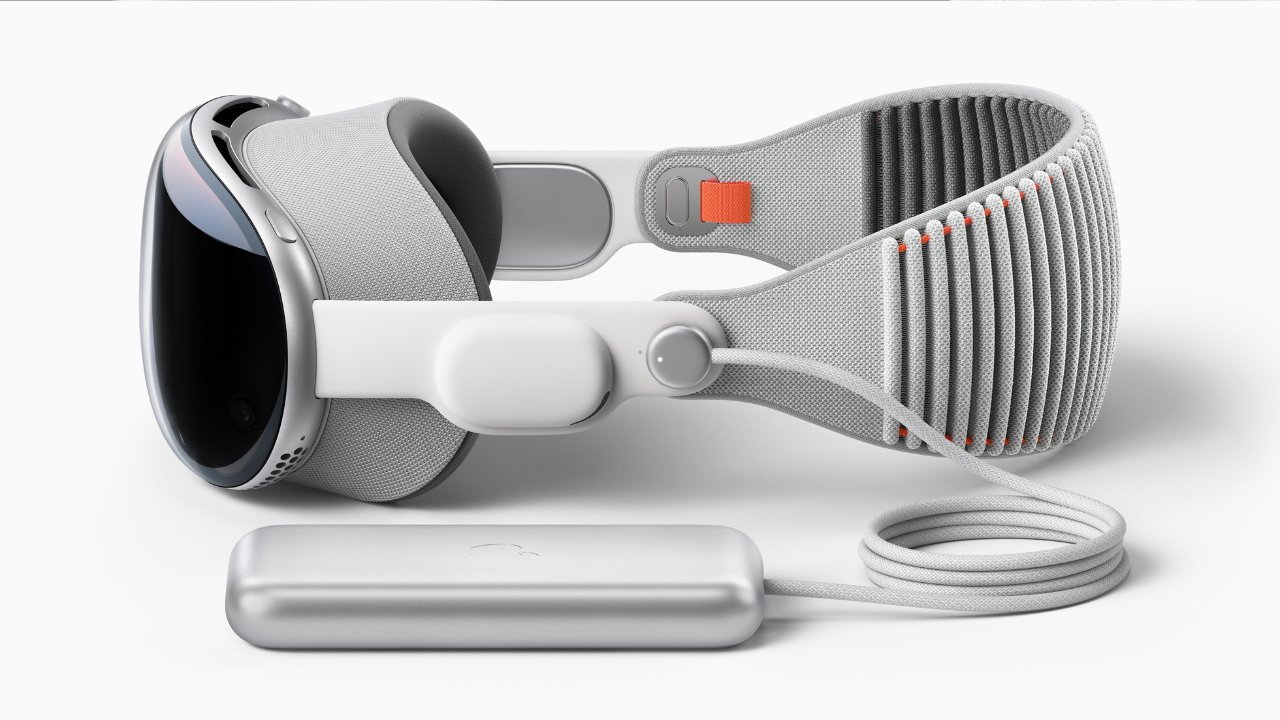
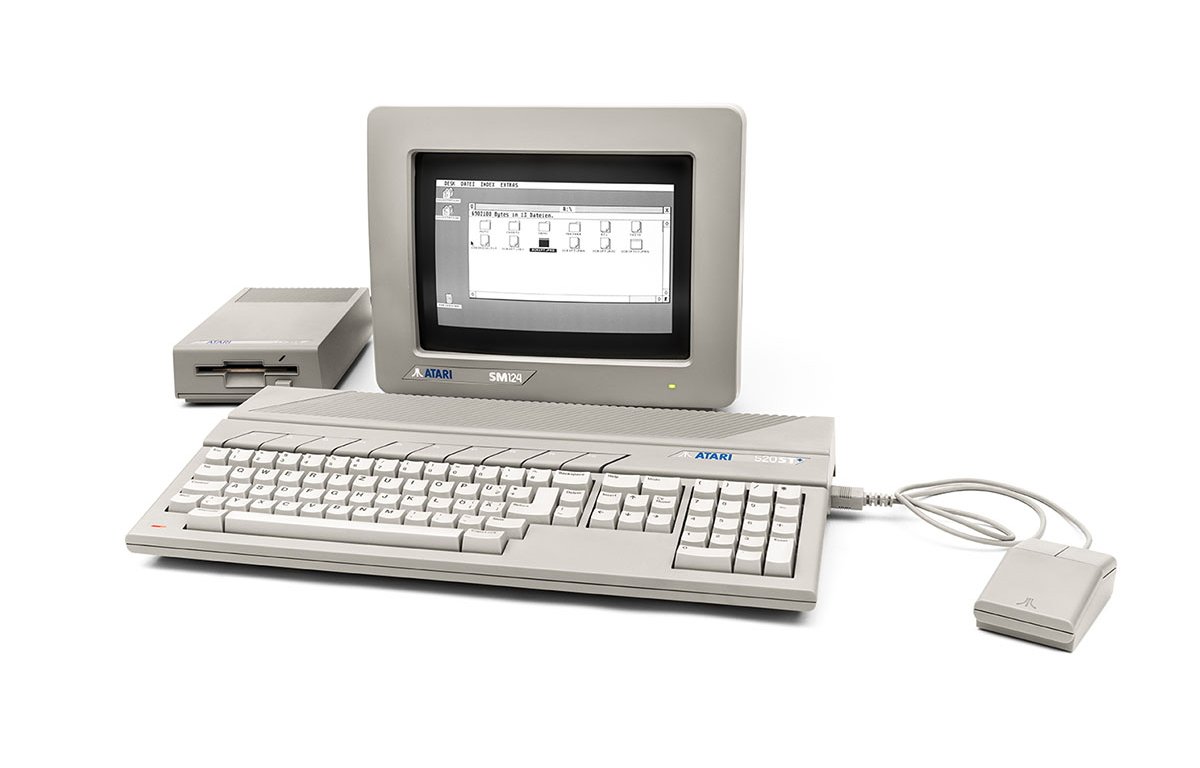
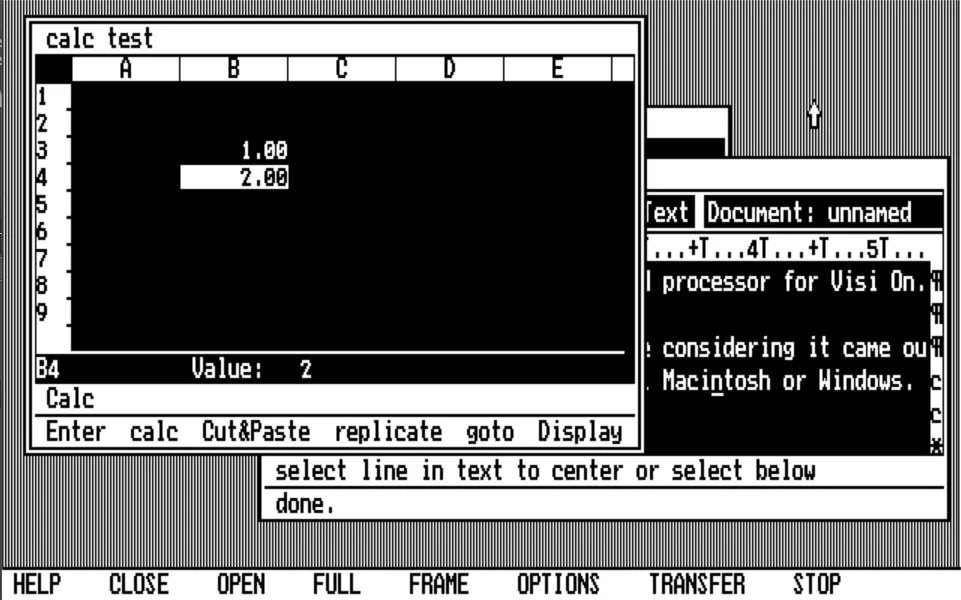
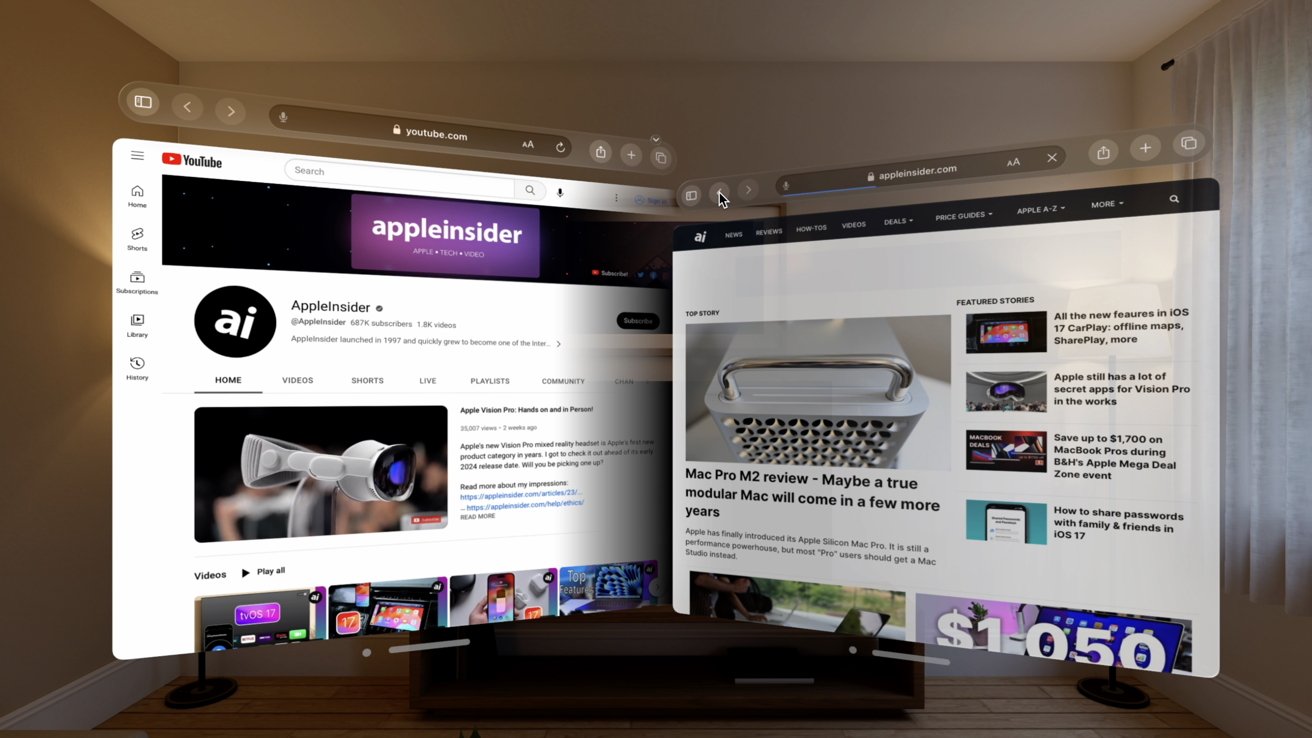
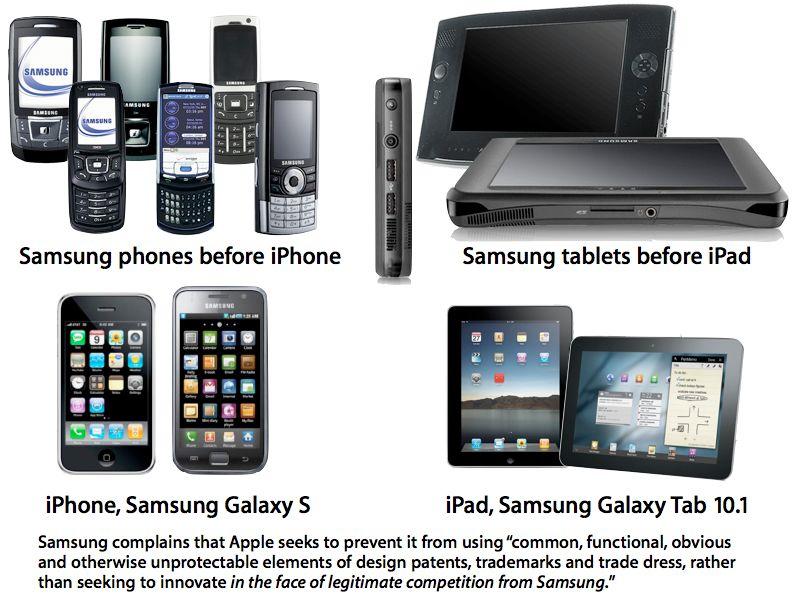

-m.jpg)





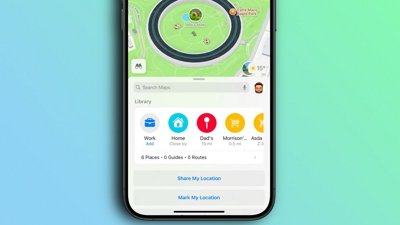
 Oliver Haslam
Oliver Haslam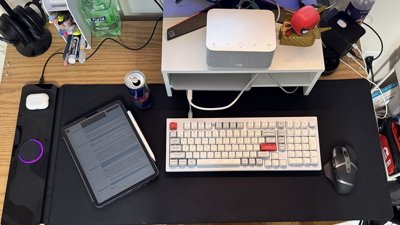
 Thomas Sibilly
Thomas Sibilly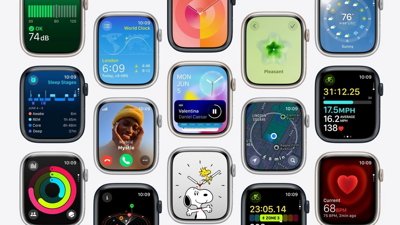
 Marko Zivkovic
Marko Zivkovic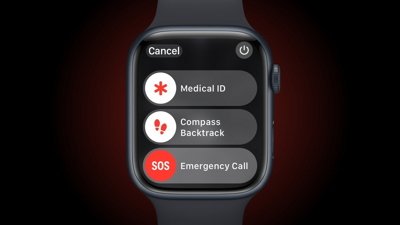
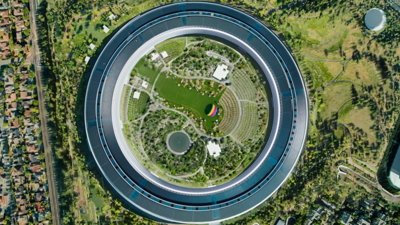
 Wesley Hilliard
Wesley Hilliard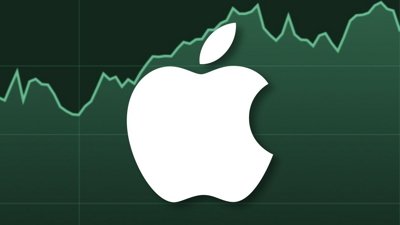
 Malcolm Owen
Malcolm Owen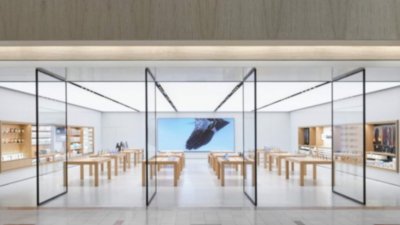
 Andrew Orr
Andrew Orr
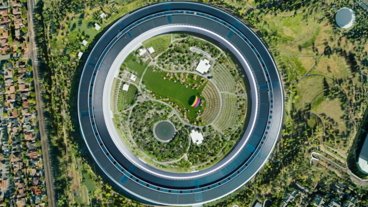
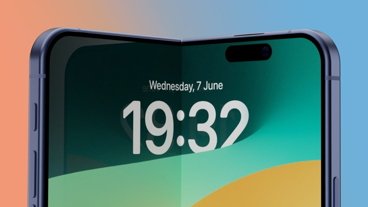

-m.jpg)






51 Comments
do you really think that vision pro is different comparing its competitors and will go to re invent the computer, i think this kind of article only try to convince to buy it and justify the price 'cause isnt novelty, is good but too expensive, in few months google and friends gonna sell the same concept for "less",
I wouldn’t say Apple was outfoxed in the 90s. Apple just lost their way. It took Steve Jobs return and acquiring another operating system to get out of bad engineering decisions of the time. Apple needed a leader. At the time it was Steve Jobs correcting the ship. It is more Craig Federighi these days. Tim Cook has too many other responsibilities nor is it his expertise.
I always wondered if instead of going full war on each other, if Atari ST/TT and Commodore Amiga adopted the same operating system allowing developers to make software that ran on both of them if they would have survived the 90s. The Atari and Commodore had hardware differences that meant that software that relied on custom graphics, sound, etc. hardware would not be cross compatible but I would expect some applications such as word processors, spreadsheets, etc. could be cross compatible.